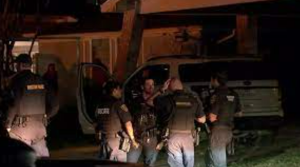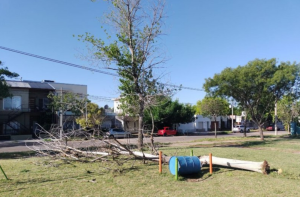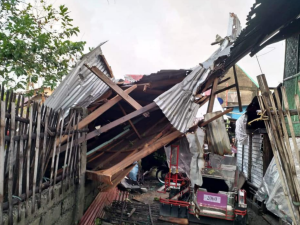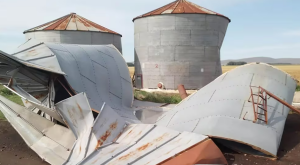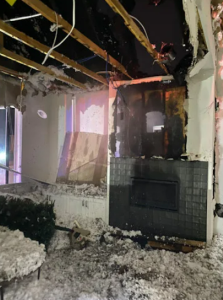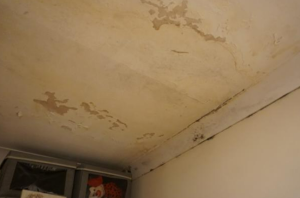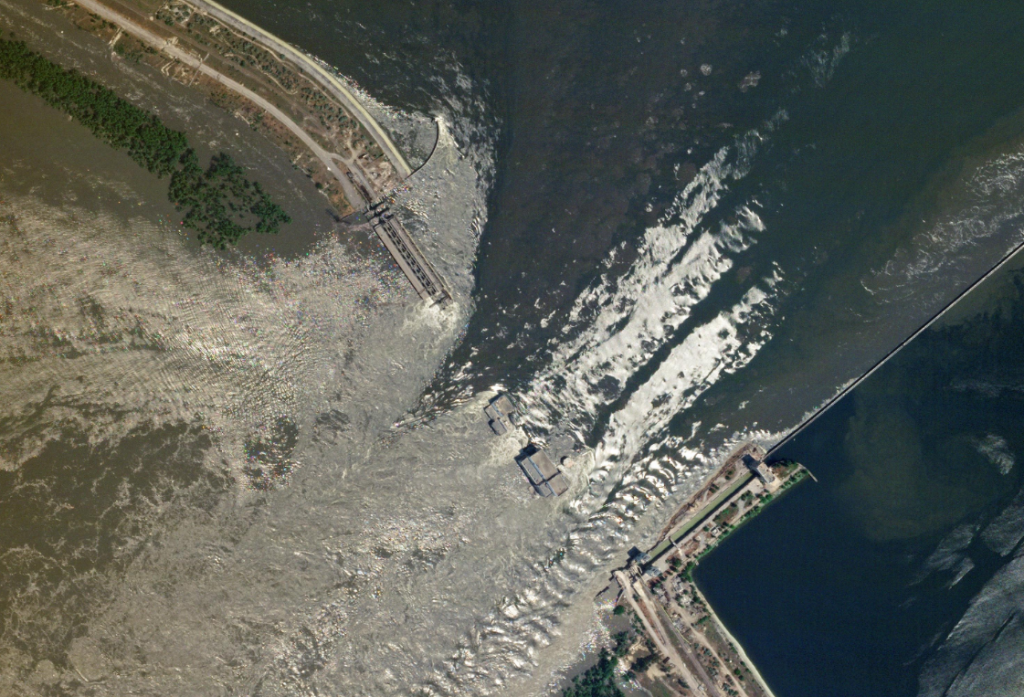
By VASILISA STEPANENKO
In a growing humanitarian and ecological disaster along a river that forms part of the front line in the 15-month war, authorities are rescuing hundreds of people trapped on rooftops and providing drinking water to areas flooded by a collapsed dam in southern Ukraine on Wednesday.
The collapse of the Kakhovka hydroelectric dam and the emptying of its reservoir on the Dnieper River have added to the misery the region has endured for more than a year.
It’s already clear that tens of thousands of people have been deprived of drinking water, many are homeless, crops have been destroyed, land mines have been displaced, and electricity shortages are imminent.
High water in Russia-occupied areas left some stranded on roofs and streets passable only by boat, resembling natural disasters more than wars. Others refused to leave.
According to a mayor, three people were killed during the disaster. In an area that is home to over 60,000 people, officials said at least 4,000 people have been evacuated from both the Russian and Ukrainian sides of the river, but the true scale of the disaster has not yet been revealed. There are 15,000 flooded homes in Kherson, according to Russian authorities.
Kherson, a region that Moscow illegally annexed in September and has occupied for the past year, is home to the dam and reservoir, which provide fresh water and irrigation to southern Ukraine. Additionally, the reservoir supplies water to the Crimean Peninsula, which Russia illegally annexed in 2014.
Ukraine controls the western bank of the Dnieper, while Russia controls the low-lying eastern side.
In addition to wiping away this season’s crops, the depleted Kakhovka reservoir would prevent adequate irrigation for years to come. Furthermore, the loss of the reservoir complicates the rebuilding and restarting of the destroyed hydroelectric power plant and ensures cooling water for restarting the closed nuclear power plant in Zaporizhzhia in the future.
Despite both sides blaming each other for the collapse, the cause remained unclear a day after it occurred. Experts cited wartime damage and neglect, but others argued that the dam might have been destroyed for military reasons. In either case, Kofman concluded, “Russia is responsible, either through its actions or through its control of the dam.”
Kofman of the Center for Naval Analyses, a U.S. research organization, told “PBS NewsHour” that it would cause lasting damage to agriculture, drinking water, and entire communities.
There was no clear estimate of how many residents remained in the region due to the fighting.
In addition to assessing damages to wetlands, farms, and other property caused by what he called “a crime of ecocide” and “an environmental strike that will take decades to recover from,” Ukrainian President Volodymyr Zelenskyy met with officials to discuss how to provide drinking water to residents.
In a video posted on YouTube, Zelenskyy said it was impossible to predict how much chemicals and oil products stored in flooded areas would end up in rivers and the ocean.
According to Ukraine’s agriculture ministry, “The fields in the south could turn into deserts next year.”
Lera, 19, told The Associated Press her first floor was flooded in the Moscow-controlled city of Oleshky.
“Everything around us is floating. People are asking for help on rooftops, but no one is evacuating them,” said Lera, who declined to provide her last name for fear of reprisal.
According to Lera, most Russian troops fled Oleshky shortly after the dam incident, although a military checkpoint still remains and boats with people trying to leave have been attacked by soldiers.
According to Mayor Yevhen Ryschuk, who left the city after the Russians took control last year, three people have died and hundreds must be evacuated. 90% of Oleshky is flooded and is experiencing a humanitarian crisis due to a lack of electricity, potable water, food, and water, as well as possible contamination of the groundwater.
Officials said that the Kazkova Dibrova Zoo in Nova Kakhovka was under water and that only swans and ducks were able to escape. Mayor Vladimir Leontyev said thousands of animals were killed by flooding.
According to the AP, hundreds of animals trapped in Oleshky need urgent rescue.
In Kherson, people waded through knee-deep water or rode rubber rafts to safety. Video showed rescuers carrying people to safety, along with what appeared to be a triangular roof floating downstream.
In the Russia-controlled city of Nova Kakhovka on the eastern side of the Dnieper, Leontyev said seven people were missing, although they were believed to be alive.
President Vladimir Putin reiterated Moscow’s line that Ukraine destroyed the Kakhovka dam in his first public comments on the disaster.
Roofs are the covering that protects a structure from environmental and weather factors. Emergency residential roof repairs are diverse, ranging from the traditional asphalt shingles up to more innovative solutions like eco-friendly metals and environmentally friendly options. If you like or are interested in what we offer the solutions to your problem and in a professional way we will help you if you want to investigate further, go here The Roof Technician roof restoration in Toronto For durability, it is important to have a proper installation and maintain the roof. Smart solutions, eco-friendly methods and sustainable practices are transforming the industry. It is important to stay informed on these trends in order to make informed decisions regarding the long-term performance and health of your roof.
